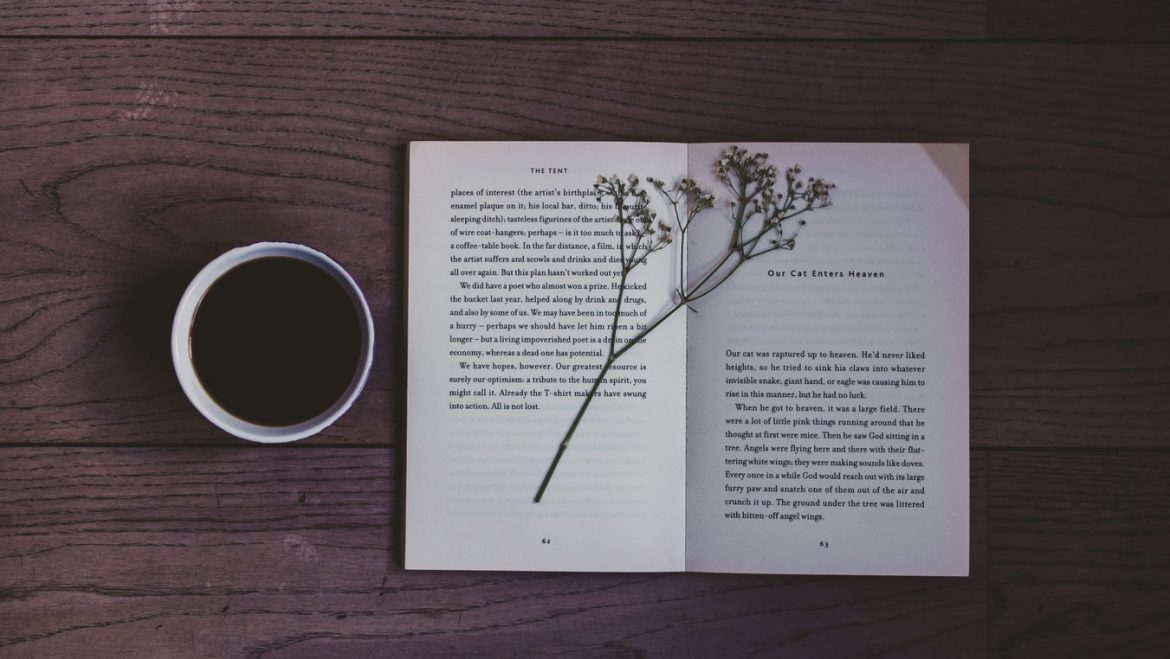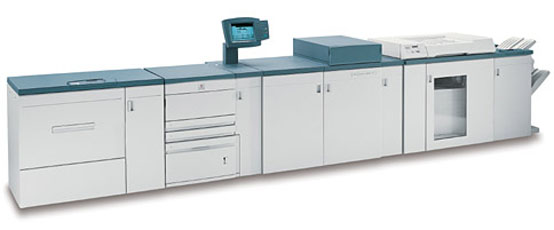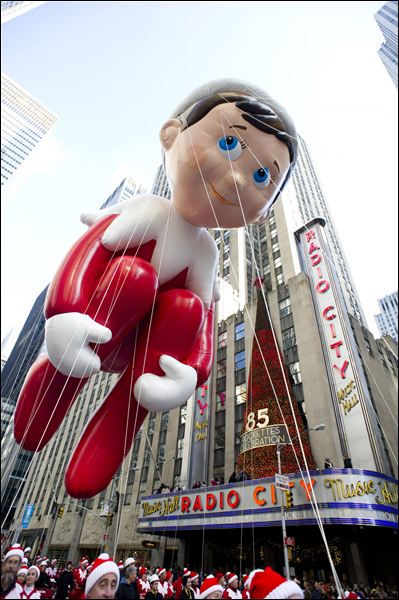A book’s title is it’s branding. And if you haven’t been beaten over the head by that particular buzzword, allow me to lob one in your direction…BRANDING! Often, when a book is made into a movie, the studio changes the name into something catchier, something BRANDable. For example the classic movie The Secret of NIMH was based on the book, Mrs. Frisby and the Rats of Nimh. This article isn’t about getting your book made into a movie BUT, if you title it correctly (or brand it correctly) you will certainly improve your odds of more readers and therefore at least a shot at a big screen adaptation. Here is a list of insider tricks to making your title:
Trick #1: Don’t use your character’s name. Oh, but what about Harry Potter. Shut up about Harry Potter! Harry Potter is the exception to just about every bit of conventional wisdom there is in book publishing. It shouldn’t serve as your guide any more than a lottery winner should be. I love the Potter stuff, but it isn’t duplicatable. Anyway, don’t use your character’s name. People won’t remember the name and therefore won’t remember how to search for it in Amazon or wherever.
Trick #2: Use alliteration and/or rhyming in your title. There is a reason companies have been using sing-songy jingles since the beginning of time. Our memories recall things best when we can link those memories to more things. Through rhyme or alliteration, we allow the synapses of our customers to form multiple branches. The end result: better recall. Repetition is another useful device though not quite as effective. For example The Hungry Hungry Caterpillar is good but The Elf On A Shelf is better.
Trick #3: Test your title on Amazon. Type in the title, without quotes, in to Amazon’s search field just like a potential shopper would. Don’t narrow the search to just Books. Look at the results. There will be tons of results. Are any of those results similar to your title? You will be inclined to rationalize this. “Oh it’s in a different genre. That other book is old. People will do a better search than this.” Stop. People are stupid and lazy. Trust me, I’m a person. And the younger generations don’t even like to remember things. They want links to everything. So you have to make it easy for them to find your book. Do you want to be a statistic or a success? Make your title unique.
Trick #4: Don’t be a fool. Understand that you are your own worst judge when it comes to your book title. Don’t trust your own judgement and don’t fall in love with a certain title. Be open to change until the book is published. Then you can fall in love with the title. Until then, keep the title at arm’s length.
Trick#5: Test your name with the telephone game. Gather a group of people together such as your extended family, writer’s group, bible study, or motorcycle gang. Then play the telephone game with your book title. Whisper it to the person next to you and then they whisper it to the person next to them and so on. If the name comes back to you fully intact, you have a winner. If not, try a new title.
At Dragonpencil, we often help our clients massage their book titles. Don’t be embarrassed to ask. We want you to be a success.








